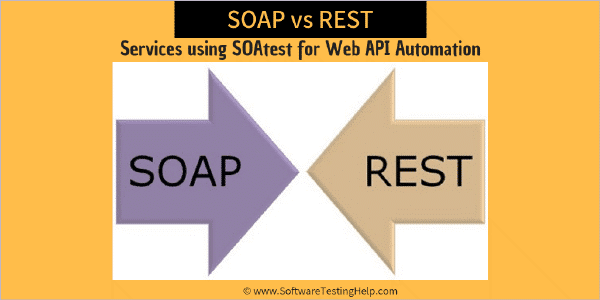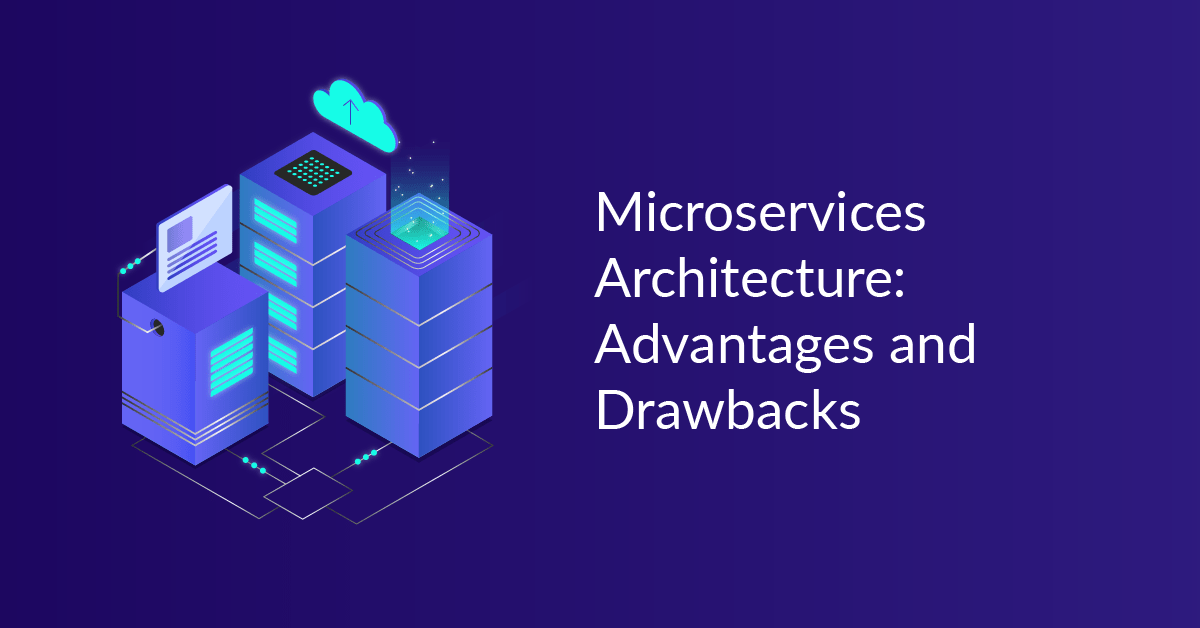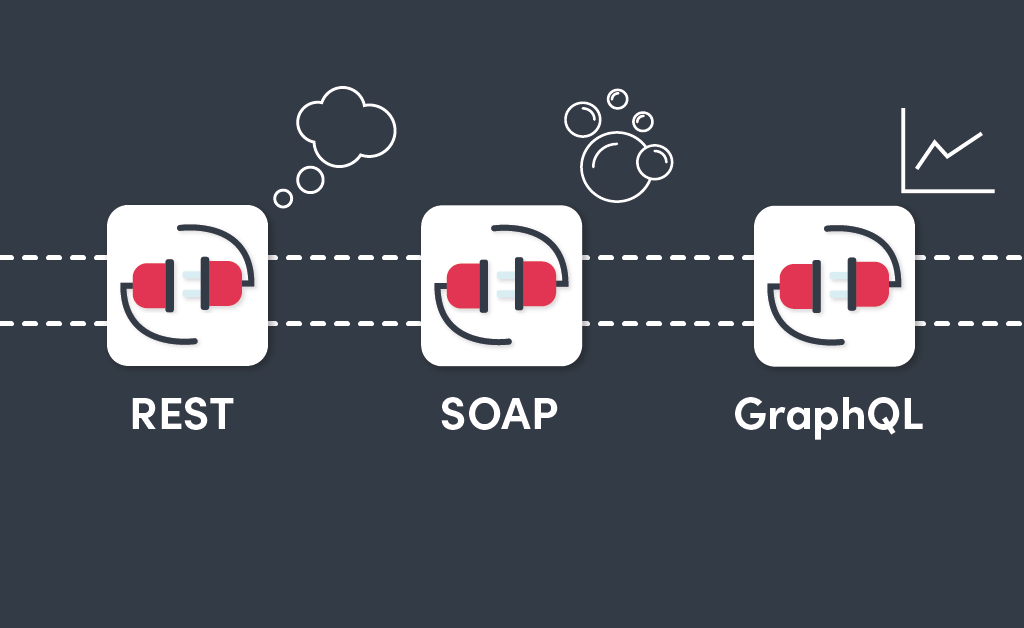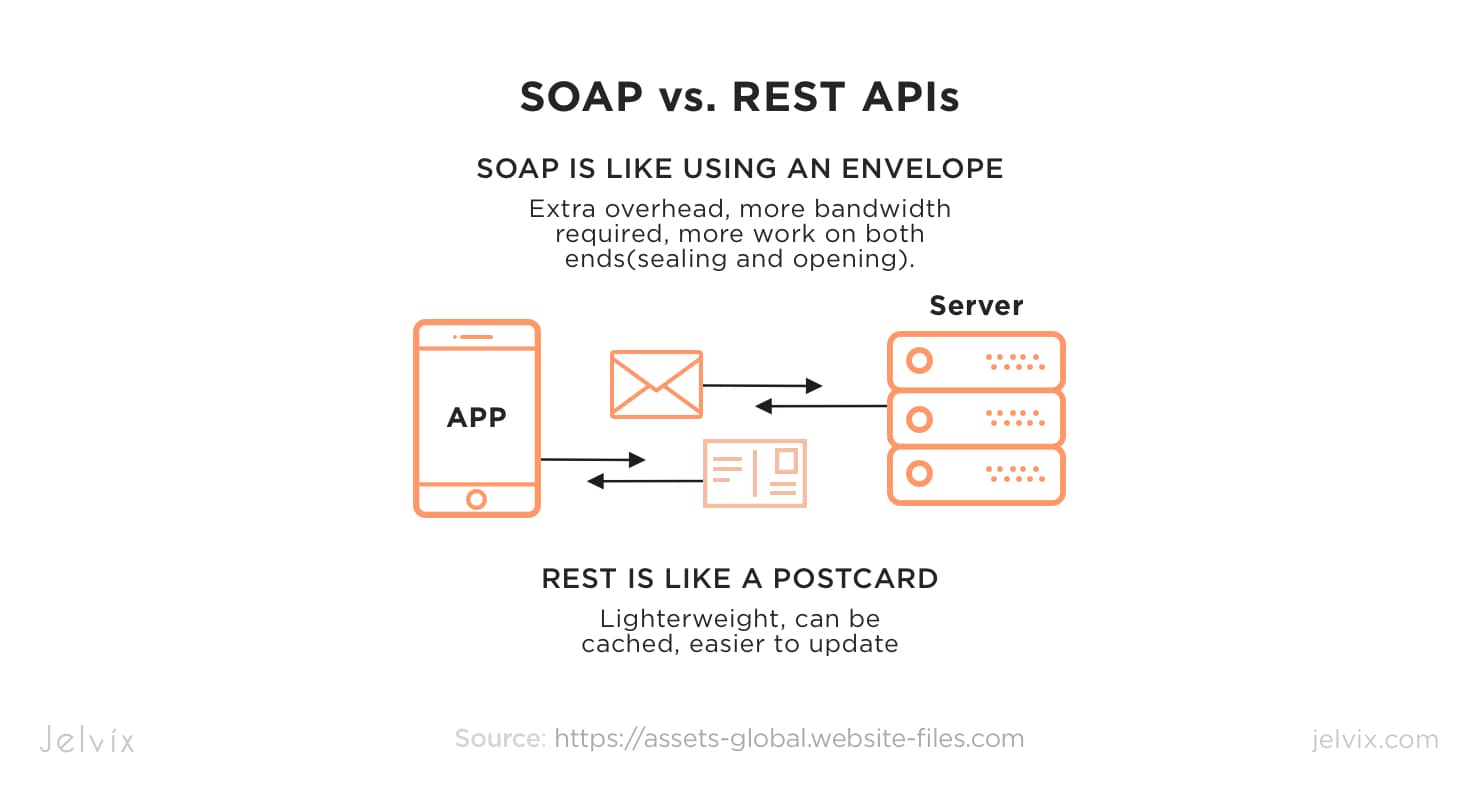In today’s world, APIs are a crucial component of web development. Application Programming Interfaces (APIs) allow two different applications to interact with each other, making it possible for developers to integrate various services into their web applications.
SOAP, or Simple Object Access Protocol, is one such API. It’s an XML-based protocol that allows applications to exchange data over the web. Although SOAP has been around for over two decades, it’s still widely used today, especially in enterprise applications.
If you’re thinking of switching to SOAP, there are a few things you should know. In this article, we’ll take a look at the steps involved in switching to SOAP, as well as some best practices to keep in mind.
Step 1: Understand the Basics of SOAP
Before you start switching to SOAP, it’s important to have a good understanding of what it is and how it works. SOAP is a messaging protocol that uses XML to exchange data over the web. It’s designed to be platform- and language-independent, which means it can be used with any programming language or operating system.
SOAP messages consist of an envelope, which defines the structure of the message, and one or more message bodies, which contain the actual data being sent. SOAP also supports features like message-level security, transactional integrity, and reliable messaging, making it a good choice for enterprise applications.
Step 2: Determine if SOAP is the Right Choice for Your Application
Before you switch to SOAP, it’s important to determine if it’s the right choice for your application. Although SOAP has many benefits, it’s not always the best choice for every application. For example, if you’re building a lightweight web application that doesn’t require the advanced features of SOAP, you may be better off using a simpler API like REST.
On the other hand, if you’re building an enterprise application that requires features like transactional integrity and reliable messaging, SOAP may be the best choice. It’s also worth noting that many legacy applications still use SOAP, so if you’re integrating with an existing system, you may have no choice but to use SOAP.
Step 3: Design Your SOAP API
Once you’ve decided to switch to SOAP, the next step is to design your SOAP API. This involves defining the structure of your SOAP messages, as well as the operations your API will support.
When designing your SOAP API, it’s important to keep in mind the principles of good API design. Your API should be easy to use, intuitive, and well-documented. It’s also a good idea to follow established standards and best practices, such as the SOAP specification and the SOAP message structure.
Step 4: Implement Your SOAP API
Once you’ve designed your SOAP API, the next step is to implement it. This involves writing the code to handle incoming SOAP messages, as well as the code to generate outgoing SOAP messages.
When implementing your SOAP API, it’s important to use a reliable SOAP library or framework. There are many SOAP libraries available for different programming languages, so be sure to choose one that’s well-maintained and has a good track record.
Step 5: Test Your SOAP API
Before you switch to SOAP in a production environment, it’s important to thoroughly test your SOAP API. This involves testing both the functionality and the performance of your API.
Functional testing involves testing each operation of your SOAP API to ensure that it works as expected. Performance testing involves testing the speed and scalability of your API under different loads.
Step 6: Deploy Your SOAP API
Once you’ve tested your SOAP API and are confident that it’s working correctly, the final step is to deploy it in a production environment. This involves setting up the necessary infrastructure, such as servers and databases, and configuring your API it to complete the article.
When deploying your SOAP API, it’s important to follow best practices for security and performance. This includes using SSL encryption to secure your API, as well as implementing caching and other optimization techniques to improve performance.
It’s also important to monitor your API in production to ensure that it’s working correctly and to identify and resolve any issues that arise.
Conclusion
Switching to SOAP can be a challenging process, but by following these steps, you can make the transition smoothly and successfully. Remember to take the time to understand the basics of SOAP, determine if it’s the right choice for your application, design and implement your SOAP API carefully, thoroughly test your API, and deploy it using best practices for security and performance.
With the right approach, switching to SOAP can help you build more robust, reliable, and scalable applications that meet the needs of your users and your business.





